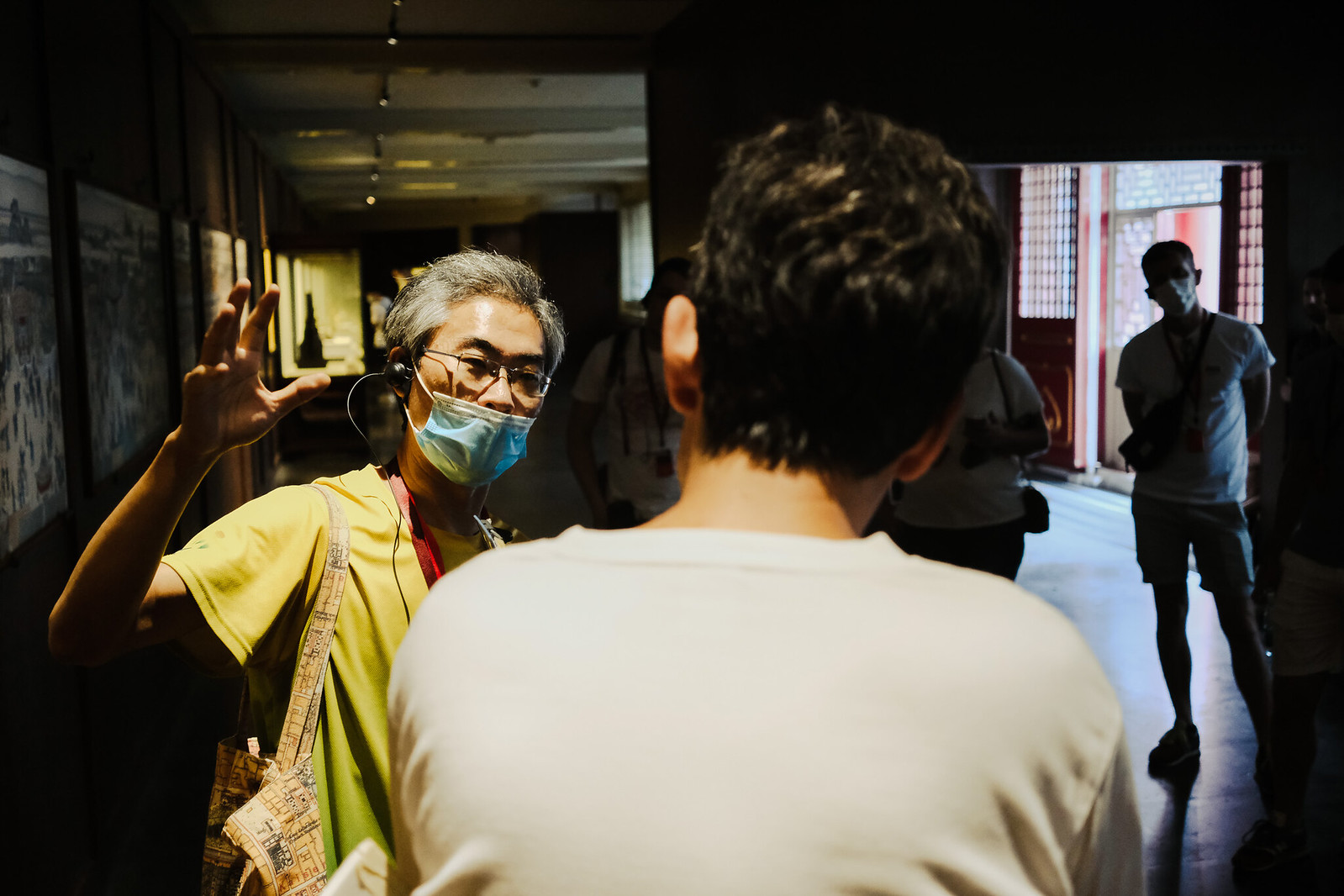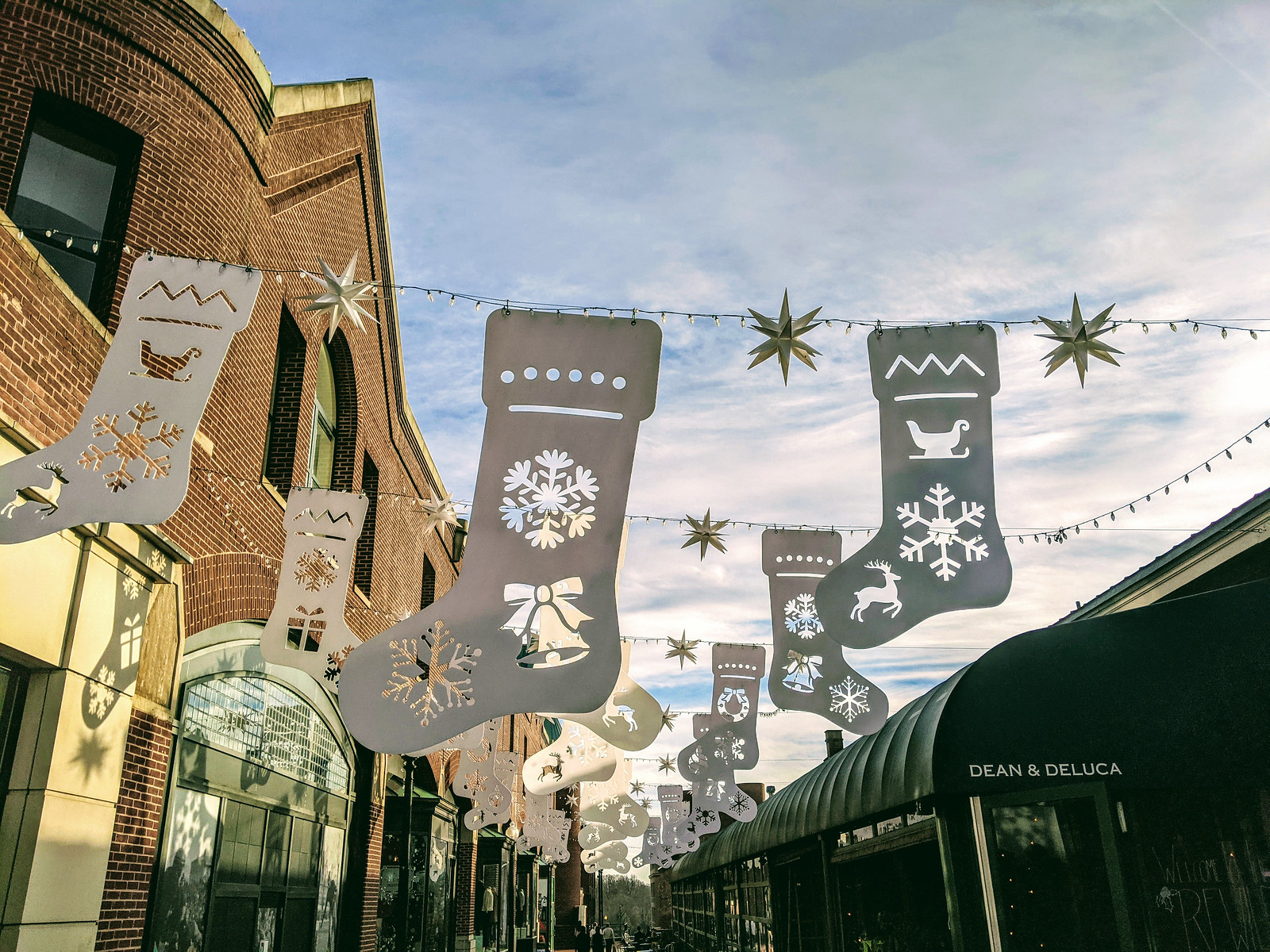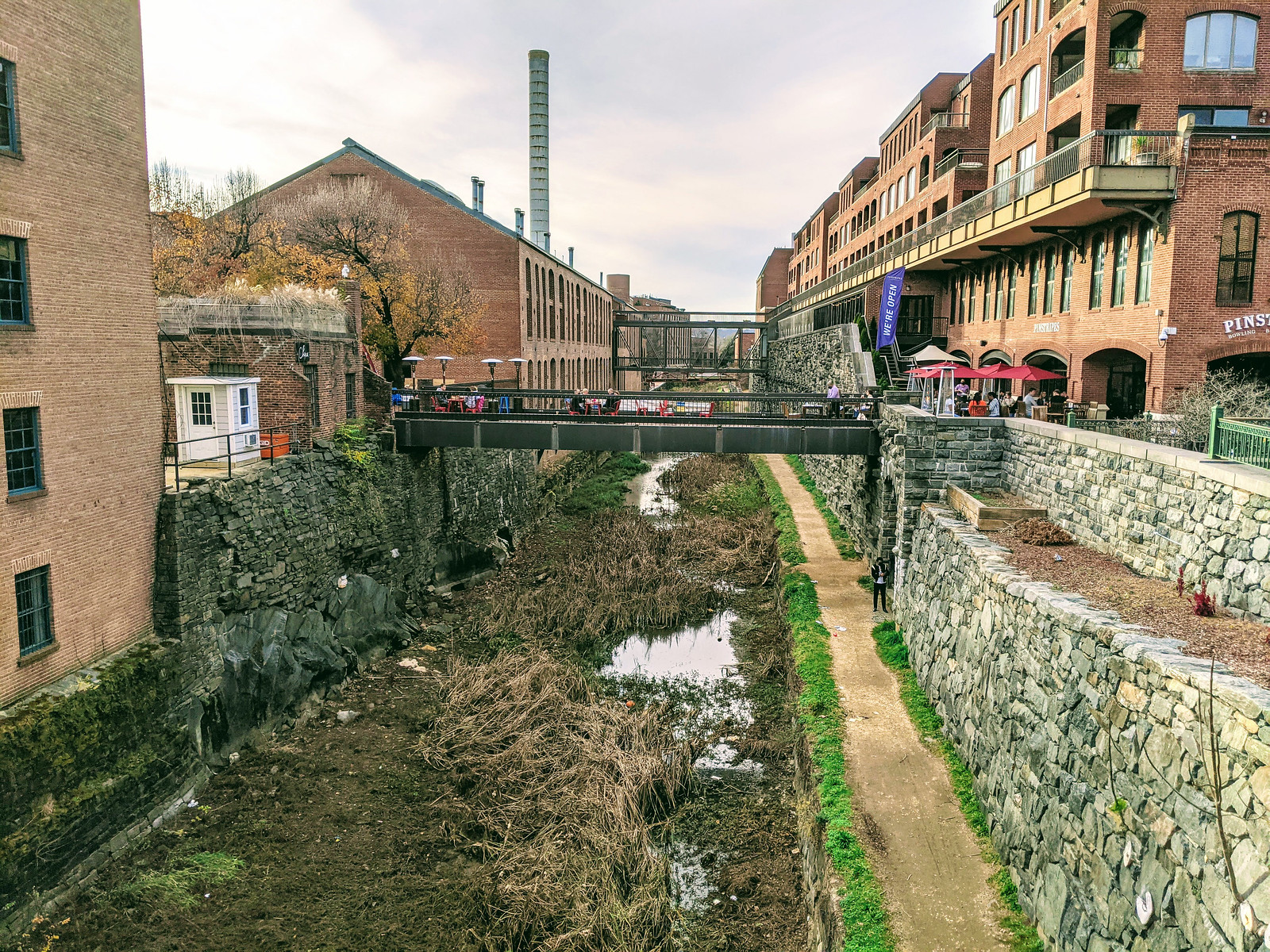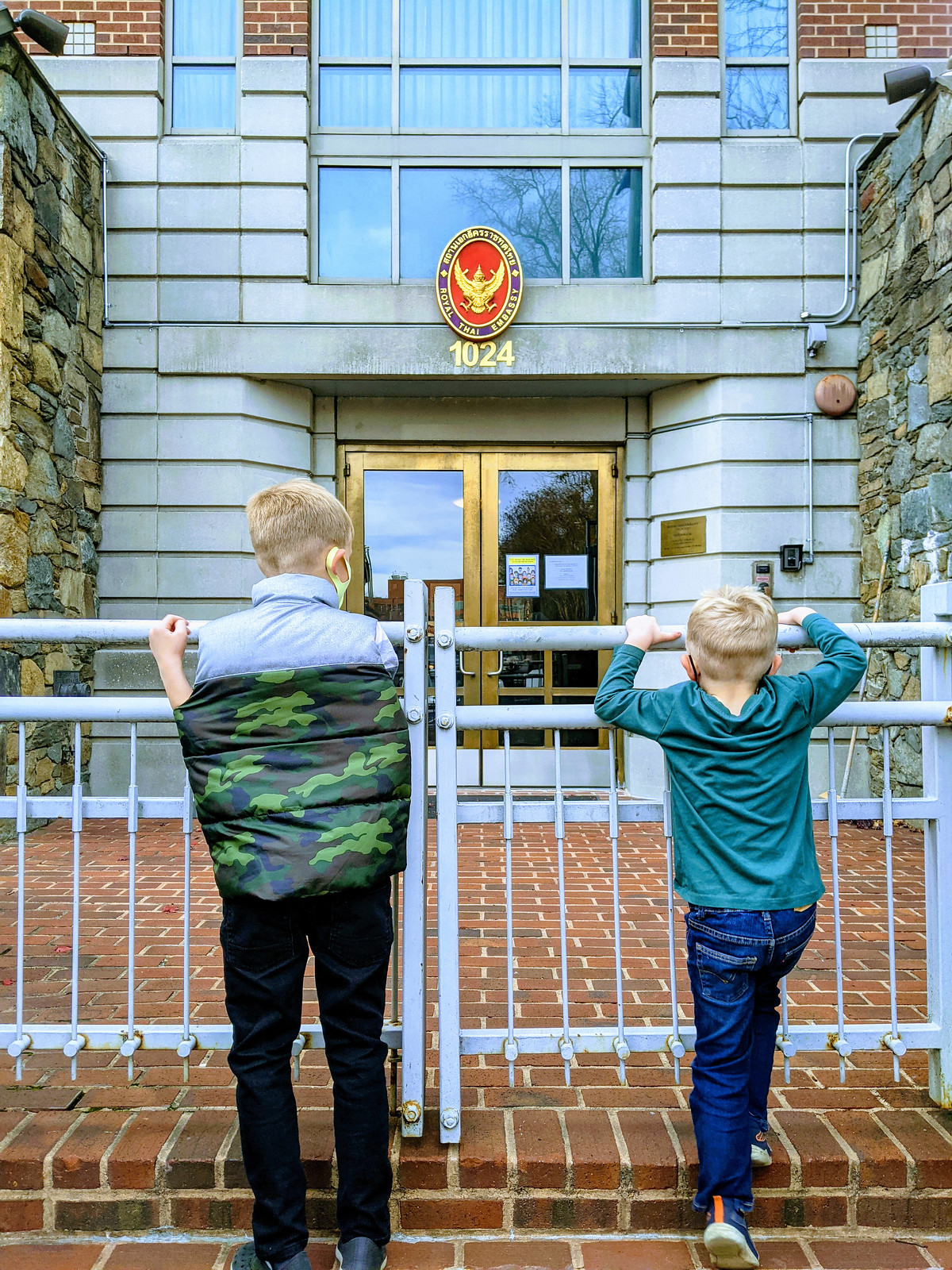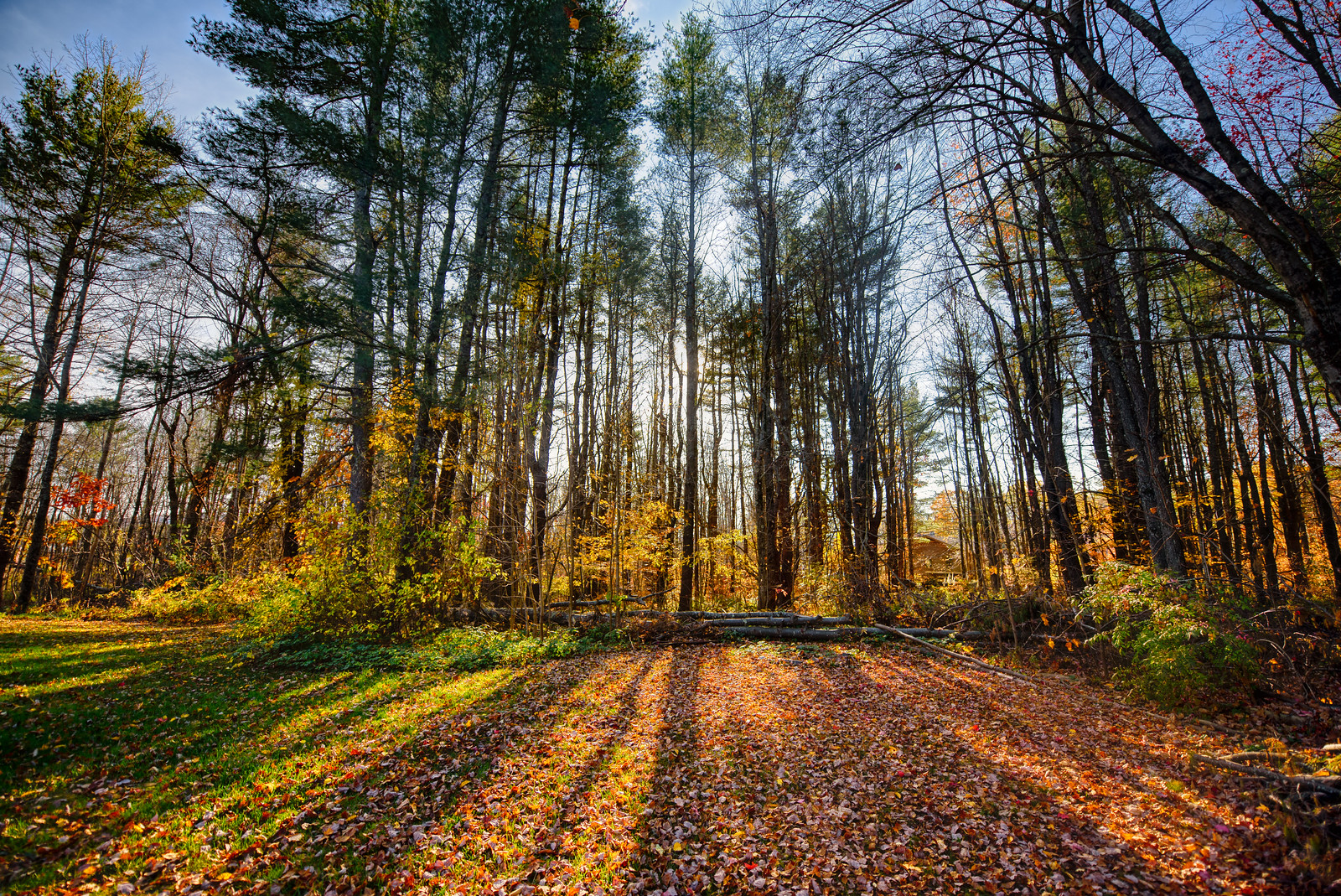Waking up in luxury, I decided to rest most of the day and make plans. Most importantly, I’d run out of clean clothes and needed to wash a few things before I could go anywhere. By late afternoon I’d had a chance to rest and I had some clean togs to wear – I was ready to hit the town. By then, I’d found out the bad news that there were no tickets for the next day to see the Terra Cotta warriors. I’ve been very anxious to see them – they were my main reason for coming to XiAn. But no matter, there are plenty of other things to see and experience here. And eat.
So I ventured out into the pre-evening with a successful taxi ride (no drama!) to Muslim Food Street. I hadn’t done any research into this place before I arrived, so I had no idea what I was in for. Turns out I was in for rather a lot. From entry to exit, my fitness tracker counter almost 4 miles, and all of it was pushing through VERY crowded streets. Food ‘street’ is really more of a walking food district, and it was packed to the gills with people.

XiAn’s most famous food is Biang Biang Mian. I’ve become a big fan of the belt noodles, served with oil and meat, from a restaurant near my work in Beijing. I was excited to come here to the origin of the famous dish and eat the food represented by the most complex Chinese character (shown below).

I picked a restaurant because of the presence of a large ‘biang’ character on the sign out front. The restaurant was greasy, crowded, and high-paced. The food was relatively expensive, but I was happy to pay the price. This was clearly a restaurant made for tourists. No matter – I ordered the Biang Biang Mian with beef and waited for my order. I took the only open table in the restaurant, sitting next to a large family who was clearly visiting elsewhere on a family vacation. They were thrilled to meet me, and we struck up the normal conversation: Which country are you from? Can you speak Chinese? Ah, your Chinese is so good! (There are a good many taxi drivers who would disagree with you, I thought.) Can we take a picture with you and our children? I happily engaged this family, continuing my one-man mission to spread friendship between the people of China and the people of the United States.
This conversation would repeat so many times in subsequent days that I’ll create a separate blog post to cover it.
One of the brilliant things I saw, both in PingYao and XiAn, was foot massage stores in the middle of these high-traffic tourist areas. China is great for massage in general, it being a part of general health maintenance in Chinese medicine. But the particular placement of these stores was genius – every tourist area in the world should incorporate this. Disney, please consider it!

After eating, I continued walking down the street until I saw a massive dragon emerging from the mist, and heard the sound of drums banging. I bravely walked toward the monster’s jaws, then disappeared under them into the mist. I was in a cave, with light down a short tunnel. I followed the light and found an empress sitting on her throne, her imperious gaze looking out over shoppers, selecting jewelry and knick-knacks. I’d just found one of the world’s coolest store entrances, but the end of the journey left me feeling a bit like Ralphie from A Christmas Story when he decoded his message from the Little Orphan Annie Secret Society: “Drink More Ovaltine? A crummy commercial?†I passed up the opportunity to buy some beautiful hand-hammered travel mugs and wandered out of the store and into the street, where the fading light of day was being replaced by the glitzy, commercial light of neon signs. Further down the street I would find several more such store entrances. I wondered which one was first, and how they’d felt when others had imitated their success.
I bought an ice cream, which turned out to be based on coconut milk, and delicious. I meandered around the corner into a less-crowded side street to eat it and accidentally set up my own photo booth. Freed from the press of the crowds and more visible standing alone, I attracted a line of mothers, bringing me their children for photos and to show off their English skills. I had to work to maintain my smile – I wanted to be eating that delicious coconut ice cream. But when duty calls, it doesn’t wait.
Finishing the photo line, I made a quick departure further down the side street to a less-visible place, where I attracted the other kind of insta-friend: young or middle aged men who wanted to share a cigarette and chat. Silently thankful for my foolish youthful experimentation with cigarettes, I accepted. Chinese cigarettes (or at least the kind I’ve been offered) are very thin, sweet, and burn quickly. This makes for mercifully brief smoking experiences and concomitantly brief conversations.

As I was finishing both, I looked up and noticed where I was: standing in front of the local ministry of justice building. I also saw a rather serious-looking man staring hard at me, probably wondering why I was there with a camera. As I quickly made my exit, I saw him urgently ushing people into the building. I’m not sure what was happening there; once again I find myself with more questions than answers. In that moment I realized again my ignorance of this society, and the years it could take to penetrate the bamboo curtain of language and culture to build true mutual understanding.
My wandering continued, and I resolved to walk this district until I came to its end. I took photos, focusing largely on people. People working are especially interesting to me during this type of observation, and it probably shows in the picutres I chose to make. Also, they’re often standing in one place, and frequently in pools of good light. Patience is required is to wait for a gesture that typifies their skill, activity, or character.
As I explored the extent of the district, I noticed a change in the place’s character. It became more local and less touristy, and very slightly less crowded. Finally, a street dumped me out on a main thoroughfare. I was out of the walking streets and back into the modern city. I decided to walk the 45 minutes back to my hotel and call it a night.
*Linguistic note: The name of the city XiAn is often spelled with an apostrophe between the first set of two letters and the second set (Xi’An). This is a concession to clarify in Pinyin and Roman characters; in Chinese, the word is a clean two character set, one for Xi and one for An. The confusion arises from the fact that there are also a few characters with the sound xian, pronounced as a single syllable. I’ve chosen to render it XiAn, with capitals representing where the second character pronunciation starts. I’ve chosen this because other Chinese words don’t often rely on the apostrophe to make the Pinyin work – it seems more respectful to the language.




























